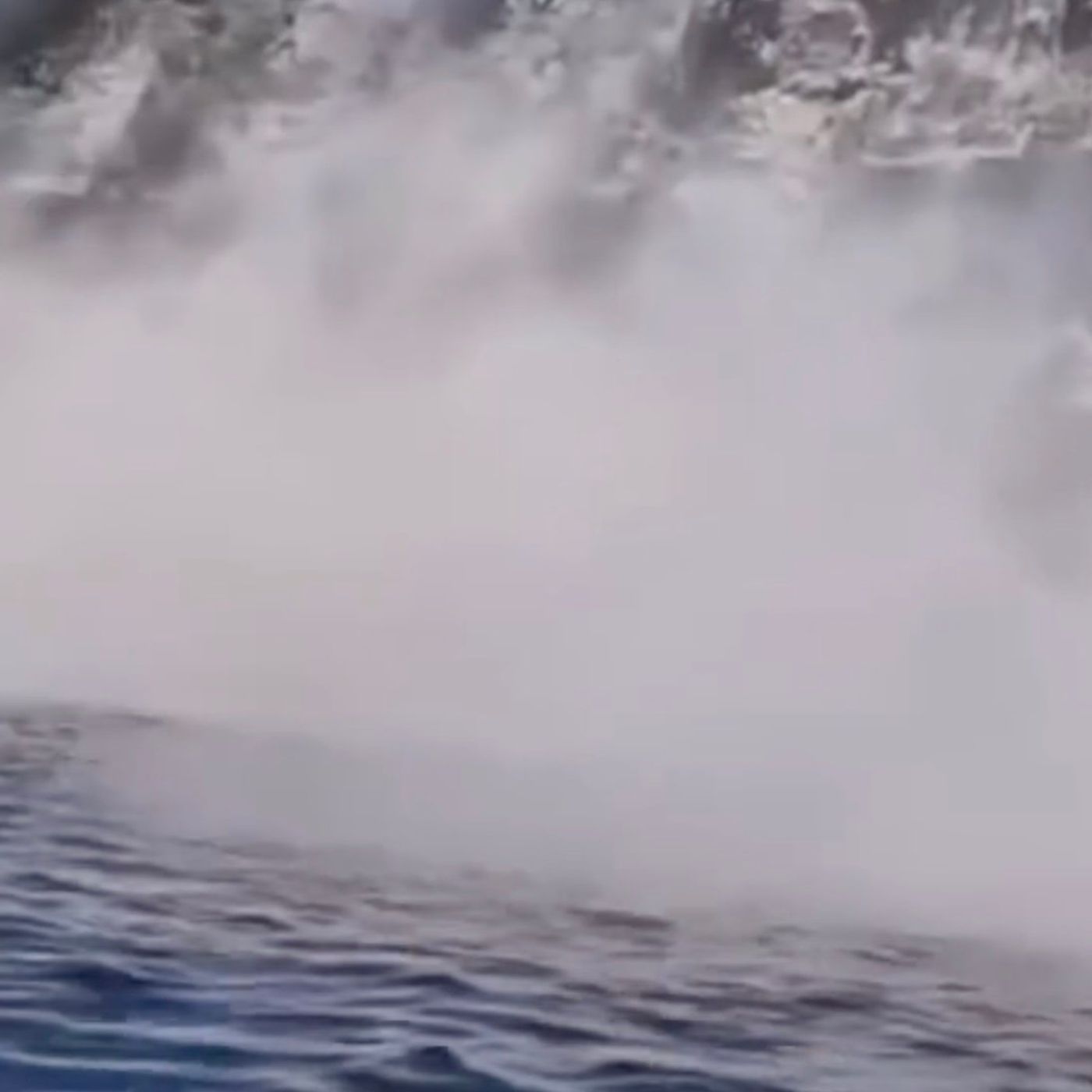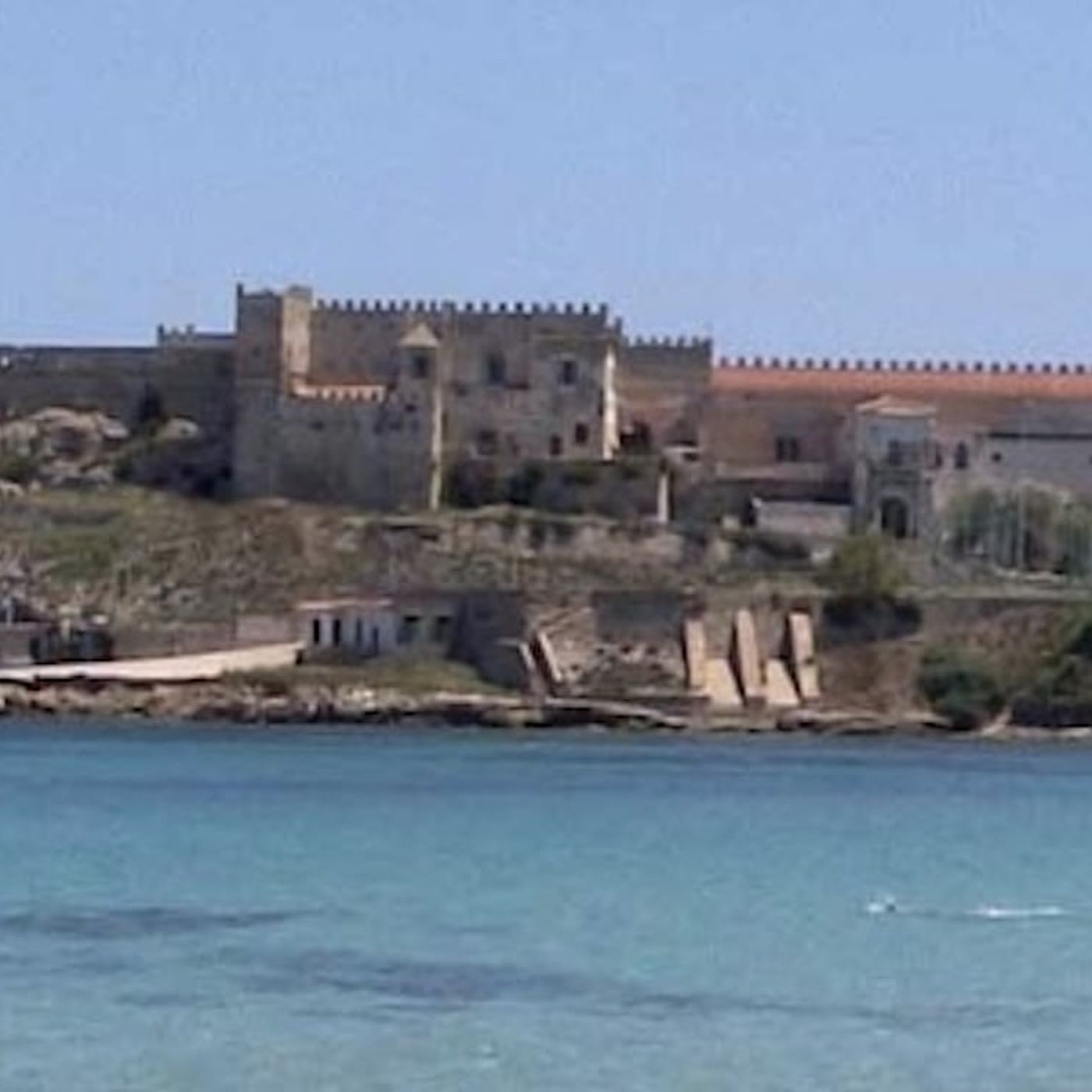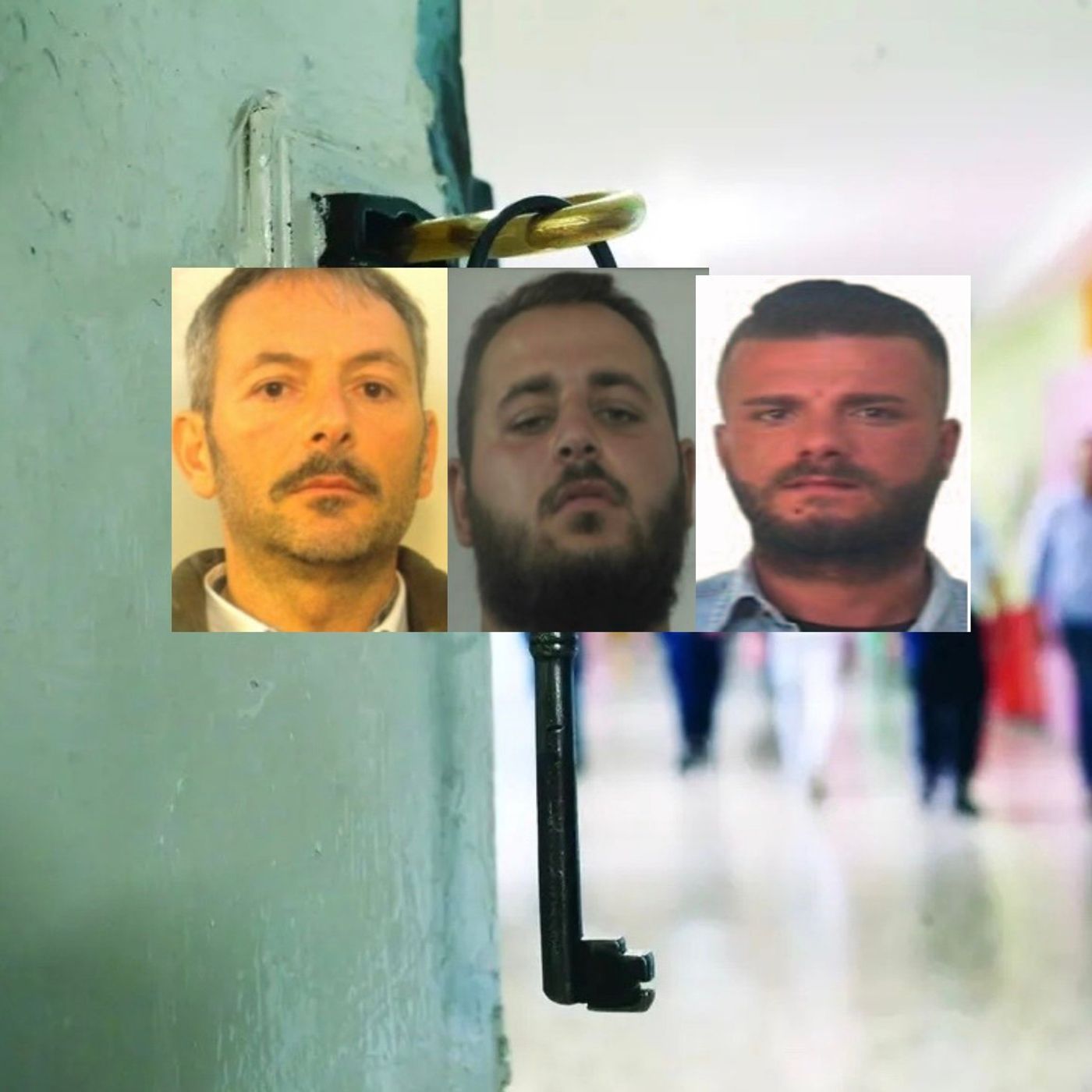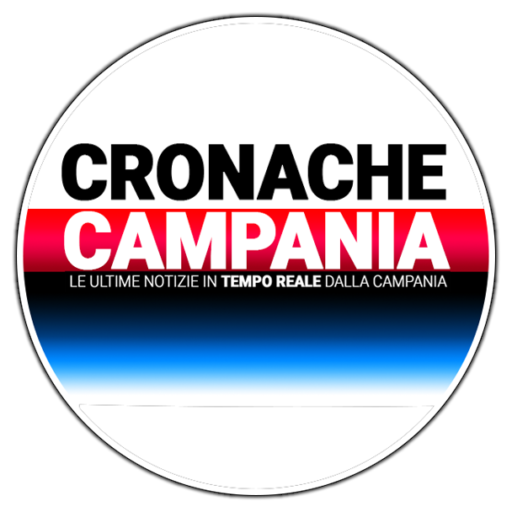Ua new room, with its furnishings, intended for slaves. It is the latest 'surprise' of the excavations underway in the Roman villa of Civita Giuliana, about 600 meters from the walls of the ancient Pompei.
A situation of precariousness and subordination documented by unique finds because they were positioned where they were on that day at the end of October. 79 AD, when Vesuvius buried the cities at its feet.
An image of almost 2000 years ago, made with the technique of casts, existing only in Pompeii and its surroundings. Materials such as furniture and fabrics, as well as bodies of victims of the eruption of 79 AD, were covered by the pyroclastic cloud, which then became solid ground while the decomposed organic matter left a void in the ground: an imprint that, filled with plaster, revealed its original shape.
The new room, called 'environment A', is different from the one already known as 'environment C, rebuilt in November 2021 in which three camp beds were positioned and which also served as a storage room. What has now emerged suggests a precise hierarchy within the servants.
While one of the two beds found in these weeks is of the same quality as those in the C environment, extremely simple and without a mattress, the other is of a more comfortable and expensive type, known in bibliography as headboard bed. Traces of red decorations on two of the backrests are still visible in the ash.
In addition to the two beds, in the recently excavated room there are two small wardrobes, also partially preserved as casts, a series of amphorae and ceramic vases and various tools, including a iron hoe.
The micro-excavation of vases and amphorae from room C has meanwhile returned three rodents, two mice in an amphora and a rat in a jug, placed under one of the beds and from which it seems the animal was trying to escape when it died in the pyroclastic flow of the eruption.
Details that once again underline the conditions of hygienic discomfort in which the last members of society of the time lived. The archaeological exploration of the villa of Civita Giuliana, already the object of excavations in 1907-08, began in 2017 with a collaboration between the Archaeological Park of Pompeii, as the competent body for the protection of the area surrounding the ancient city, and the Torre Annunziata prosecutor's office, which together with the Carabinieri had discovered clandestine excavations in the Villa area that had been going on for years, leading to precautionary measures and criminal and civil proceedings.
“We know that the owners used various privileges, including the possibility of forming a family, albeit without any legal protection, to bind some slaves more closely to the villa, also with the aim of having them as allies in supervising the others.
What emerges here is the social structure of the servitude that was supposed to prevent escapes and forms of resistance, also because there are no traces of grates, padlocks and shackles. Control occurred mainly through the internal organization of the servitude, and not through barriers and physical constraints – explains the director of the Archaeological Park of Pompeii, Gabriel Zuchtriegel – we are committed to continuing the research and planning the use of a place that, like no other in the ancient world, tells the daily life of the last.
On the occasion of the reopening of the Antiquarium of Boscoreale next autumn, we plan to have a room to inform the public about the excavations underway, the same ones that, under the direction of my predecessor, Massimo Osanna, led to the discovery of the ceremonial chariot recently on display in Rome, at the Baths of Diocletian. I would like to thank, in addition to the team involved in the archaeological excavation, the prosecutor's office led by Nunzio Fragliasso for the excellent work done”.
For further information, you can consult the E-Journal of the Pompeii Excavations at the following link: http://pompeiisites.org/e-journal-degli-scavi-di-pompei/of-mice-and-men/.
Article published on 20 August 2023 - 11:19










